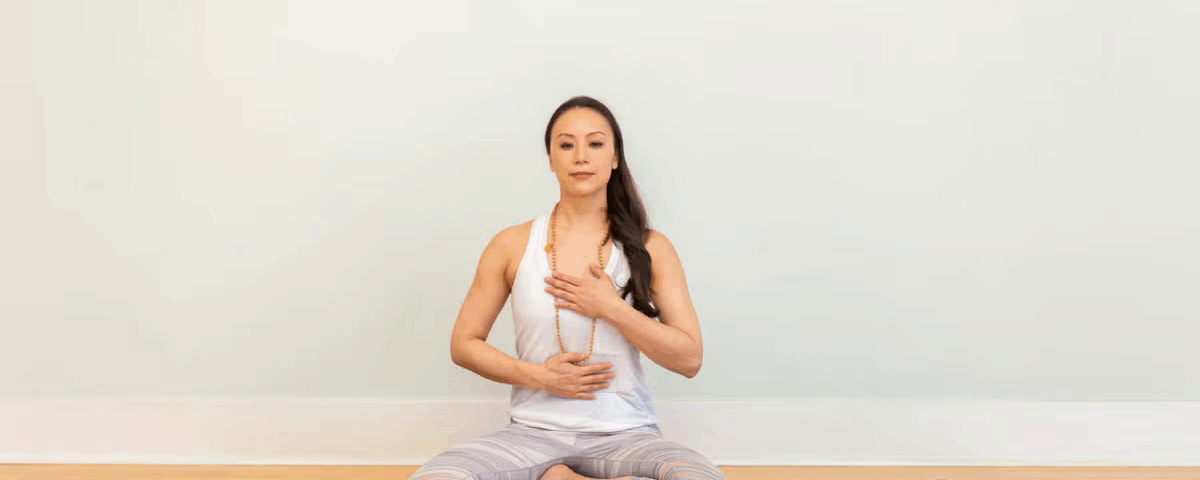
How to Maintain Sexual Health After Menopause
August 12, 2025
Foods That Support Lung Health Naturally
August 12, 2025Good respiratory health is vital for overall well-being. Our lungs and respiratory system provide oxygen to every cell in the body and remove carbon dioxide, a waste product. When respiratory health is strong, you feel more energetic, breathe easier, and reduce the risk of lung-related diseases.
One of the best ways to support and improve respiratory health is through exercise. Certain exercises can strengthen your lungs, increase lung capacity, and improve your breathing efficiency. This article will explain how respiratory health works and share some of the best exercises to help you breathe better, feel healthier, and boost your stamina.
Understanding Respiratory Health
Your respiratory system includes your nose, throat, windpipe, and lungs. It works tirelessly to bring oxygen into your body and expel carbon dioxide. When your respiratory system is healthy, it operates smoothly, supporting every activity from walking to running.
However, factors like smoking, pollution, infections, and sedentary lifestyles can weaken your lungs over time. This can lead to problems like shortness of breath, reduced endurance, and increased vulnerability to infections.
The good news? Regular exercise can improve lung function and keep your respiratory system in top shape.
How Exercise Benefits Respiratory Health
Exercise challenges your lungs to work harder and more efficiently. When you exercise:
- Your breathing rate increases, helping lungs to take in more oxygen.
- Lung capacity can improve, allowing you to breathe deeper.
- Respiratory muscles (like the diaphragm and intercostal muscles) become stronger.
- Your body learns to use oxygen more effectively.
- Mucus clearance from the lungs improves, helping prevent infections.
Now, let’s look at some of the best exercises for respiratory health.
Best Exercises for Improving Respiratory Health
1. Diaphragmatic Breathing (Belly Breathing)
This exercise strengthens the diaphragm, the main muscle involved in breathing.
How to do it:
- Sit or lie comfortably.
- Place one hand on your chest and the other on your belly.
- Breathe in deeply through your nose, focusing on expanding your belly, not your chest.
- Exhale slowly through pursed lips.
- Repeat for 5–10 minutes daily.
Benefits include deeper breathing and improved oxygen exchange.
2. Pursed-Lip Breathing
This technique helps control shortness of breath and keeps airways open longer.
How to do it:
- Inhale slowly through your nose for about two seconds.
- Purse your lips as if you’re going to whistle.
- Exhale slowly and gently through pursed lips for four seconds.
- Repeat for several minutes as needed.
It’s particularly helpful for people with chronic respiratory conditions.
3. Walking
Walking is a gentle, effective aerobic exercise that enhances lung capacity and overall endurance.
Tips:
- Start with short, manageable distances.
- Maintain a steady pace and focus on deep, rhythmic breathing.
- Gradually increase distance and speed over time.
4. Swimming
Swimming is a low-impact exercise that requires controlled breathing and engages respiratory muscles deeply.
Why it helps:
- Water pressure strengthens lungs and muscles.
- Rhythmic breathing improves lung efficiency.
- Swimming is great for people of all ages and fitness levels.
5. Yoga and Pranayama Breathing
Yoga combines physical postures with breathing exercises, known as pranayama, which can boost lung capacity and calm the nervous system.
Common breathing exercises:
- Nadi Shodhana (Alternate Nostril Breathing)
- Ujjayi (Victorious Breath)
- Kapalabhati (Skull Shining Breath)
Practicing yoga regularly supports respiratory health and reduces stress, which can also improve breathing.
6. Cycling
Cycling is another aerobic exercise that improves cardiovascular and respiratory endurance. Like walking, it encourages deep, rhythmic breathing and lung strengthening.
7. Singing or Playing Wind Instruments
Though not a traditional exercise, singing or playing instruments like the flute or trumpet require breath control and strengthen respiratory muscles.
Tips for Safe and Effective Respiratory Exercise
- Start slowly, especially if you have a lung condition.
- Warm up before exercise and cool down afterward.
- Stay hydrated.
- Practice exercises in a clean, pollution-free environment.
- Consult your doctor before starting new exercises, especially if you have respiratory illnesses like asthma or COPD.
5 FAQs About Exercises for Respiratory Health
1. Can exercise improve lung capacity at any age?
Yes, regardless of age, regular exercise can improve lung function and breathing efficiency.
2. How often should I do breathing exercises?
Daily practice of 5–10 minutes is ideal for maximum benefit.
3. Is swimming safe for people with asthma?
Swimming is generally safe and beneficial but consult your doctor for personalized advice.
4. Can exercise replace medication for respiratory diseases?
Exercise supports lung health but should complement, not replace, prescribed medications.
5. How soon can I expect to see improvements?
With consistent practice, many people notice better breathing and stamina within a few weeks.
Final Thoughts
Your respiratory health plays a crucial role in your overall quality of life. Incorporating these exercises into your routine can help strengthen your lungs, improve breathing, and boost energy levels. Whether you prefer gentle breathing techniques, walking, swimming, or yoga, regular activity tailored to your needs can make a big difference.
Start with small steps, stay consistent, and listen to your body. If you have any respiratory conditions, always seek guidance from your healthcare provider.



